Introduction
In the realm of gourmet cuisine, few dishes can match the elegance and opulence of braised abalone with brown sauce. This luxurious seafood delicacy, often reserved for special occasions or fine dining experiences, combines the succulence of abalone with the rich, umami-laden flavors of a meticulously crafted brown sauce. Abalone, known for its tender texture and subtle sweetness, is a prized ingredient in Chinese and many other Asian cuisines. By mastering the art of braising this precious mollusk, you can elevate your culinary skills to new heights and delight your guests with a dish that is both visually stunning and palate-pleasing.
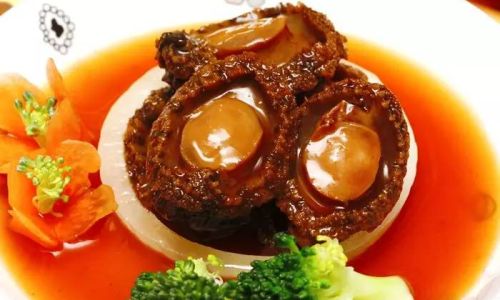
This comprehensive guide will take you through every step of preparing braised abalone with brown sauce, from selecting the perfect ingredients to perfecting your braising technique. Whether you’re a seasoned chef or a home cook eager to impress, this article promises to demystify the process and ensure your final dish is nothing short of extraordinary.
Section 1: Understanding Abalone
Before diving into the recipe, it’s crucial to have a basic understanding of abalone. Abalone, scientifically known as Haliotis species, are marine snails found attached to rocks and other hard surfaces in coastal waters around the world. Their meat, particularly the foot muscle, is highly valued for its firm texture and delicate flavor.
Types of Abalone:
- Dry Abalone: Dried and often salted, dry abalone requires extensive soaking and cooking to rehydrate and tenderize. It is considered more premium due to its concentrated flavor and texture.
- Fresh or Frozen Abalone: Easier to work with but less flavorful than dry abalone, fresh or frozen options are more accessible and suitable for quick-cooking methods.
Selecting Quality Abalone:
When choosing abalone, look for firm, moist flesh with no signs of discoloration or sliminess. For dry abalone, ensure it is well-dried and has a slightly salty aroma. Fresh or frozen abalone should be free of ice crystals and have a clean, fresh scent.
Section 2: Gathering Ingredients
The key to a successful braised abalone dish lies in the quality and balance of your ingredients. Here’s a detailed list of what you’ll need:
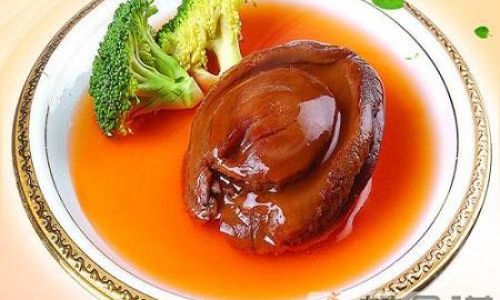
- Abalone: Preferably dry, but fresh or frozen can be used. Adjust cooking time accordingly.
- Soy Sauce: Dark and light soy sauces provide color and flavor.
- Oyster Sauce: Adds a rich, umami-laden taste.
- Shaoxing Wine: Essential for its aromatic qualities. Substitute with dry sherry if unavailable.
- Brown Sugar or Rock Sugar: For sweetness and caramelization.
- Ginger: Slices for flavor and to counteract any seafood腥味.
- Garlic: Minced, for a subtle garlic aroma.
- Scallions: Cut into sections, for garnish and flavor.
- Star Anise: Adds a subtle licorice flavor.
- Cinnamon Stick: For warmth and depth.
- Cloves: A few, for spice.
- Chicken or Vegetable Broth: For braising liquid.
- Cornstarch Slurry: For thickening the sauce.
- Sesame Oil: A drizzle for fragrance.
- Vegetable Oil: For cooking.
Section 3: Preparation
Soaking and Cleaning Dry Abalone (if using):
- Soak: Place dry abalone in a large bowl of cold water. Change the water daily for at least 2-3 days, or until the abalone is fully softened.
- Clean: Scrub the abalone under cold running water to remove any remaining salt or impurities.
- Slice: Cut the softened abalone into thin slices or bite-sized pieces.
Preparing Fresh or Frozen Abalone:
- Thaw: If frozen, thaw the abalone in the refrigerator overnight.
- Clean: Rinse under cold water and pat dry.
- Slice: Cut into similar-sized pieces for even cooking.
Section 4: Cooking the Brown Sauce Base
- Heat Oil: In a heavy-bottomed pot or wok, heat a generous amount of vegetable oil over medium heat.
- Aromatics: Add sliced ginger, minced garlic, and a few sections of scallion. Sauté until fragrant, being careful not to burn the garlic.
- Spices: Add star anise, cinnamon stick, and cloves. Toast lightly to release their flavors.
- Sugar: Add brown sugar or rock sugar and stir until it caramelizes, creating a deep amber color. This is crucial for the rich brown hue and sweetness of the sauce.
- Liquids: Pour in soy sauces, oyster sauce, and Shaoxing wine. Stir well to combine.
- Broth: Add enough chicken or vegetable broth to cover the abalone pieces by about an inch. Bring to a simmer.
Section 5: Braising the Abalone
- Add Abalone: Gently place the prepared abalone slices into the simmering sauce. Ensure they are submerged.
- Simmer: Reduce the heat to low and cover the pot. Allow the abalone to braise slowly, preferably over a gentle flame or in a preheated oven at around 300°F (150°C).
- Timing: Braising time varies depending on the type and thickness of the abalone. Dry abalone may require several hours, while fresh or frozen abalone will take less time, typically around 30 minutes to an hour. Test for doneness by checking for tenderness with a fork.
- Adjust Seasoning: Taste the braising liquid periodically and adjust seasoning with additional soy sauce, sugar, or wine as needed.
Section 6: Thickening and Finishing
- Thicken Sauce: Once the abalone is tender, remove the pot from heat. In a small bowl, mix cornstarch with a little cold water to form a slurry. Gradually stir the slurry into the braising liquid, returning the pot to low heat if necessary, until the sauce reaches your desired consistency.
- Garnish: Serve the braised abalone with a sprinkle of chopped scallions and a drizzle of sesame oil for added fragrance.
- Presentation: For a stunning presentation, arrange the braised abalone slices on a bed of steamed jasmine rice or sautéed vegetables. Pour the thickened sauce over the top and garnish with additional scallions or edible flowers if desired.
Section 7: Serving and Enjoying
Braised abalone with brown sauce is a dish meant to be savored. Its rich, multi-layered flavors and tender texture make it an ideal centerpiece for a special meal. Pair it with simple sides like steamed greens or plain rice to let the flavors of the abalone shine.
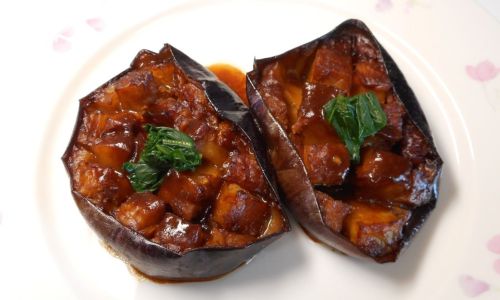
When serving, remember that this dish is all about balance. The sweetness of the sauce should complement the natural flavors of the abalone without overpowering them. Encourage your guests to take their time, savoring each bite and appreciating the intricate flavors and textures at play.
Conclusion
Mastering the art of braised abalone with brown sauce is a rewarding culinary endeavor that requires patience, precision, and a love for fine ingredients. By following this guide, you’ll be able to create a dish that is not only visually stunning but also bursting with flavor and texture. Whether you’re entertaining guests or treating yourself to a gourmet meal, braised abalone with brown sauce is sure to impress and delight.
Remember, the key to success lies in the quality of your ingredients, the careful balance of flavors, and the gentle, slow braising process that tenderizes the abalone and allows all the flavors to meld together. With practice and a passion for cooking, you’ll soon be creating braised abalone dishes that rival those found in the finest restaurants.
So, gather your ingredients, roll up your sleeves, and embark on this culinary journey. The result will be a meal that is as much an art as it is a science, a testament to your skill and dedication to the culinary arts. Enjoy the process, and bon appétit!
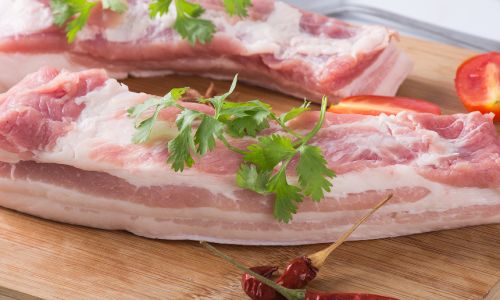
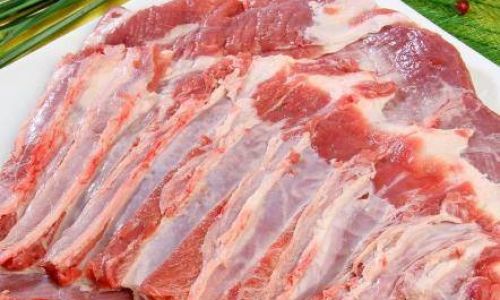
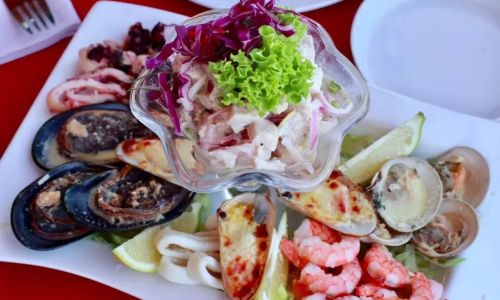
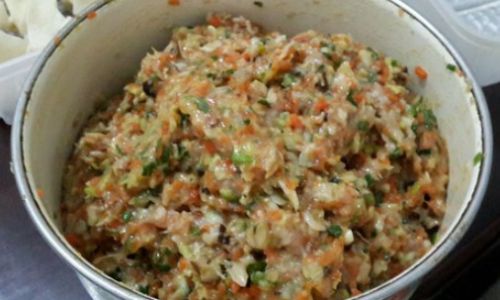
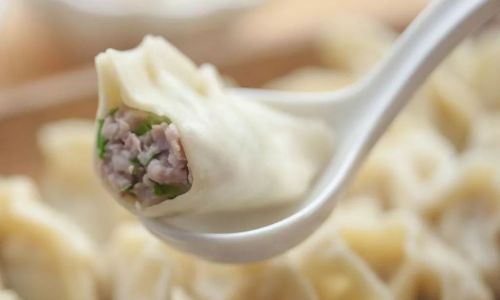
0 comments